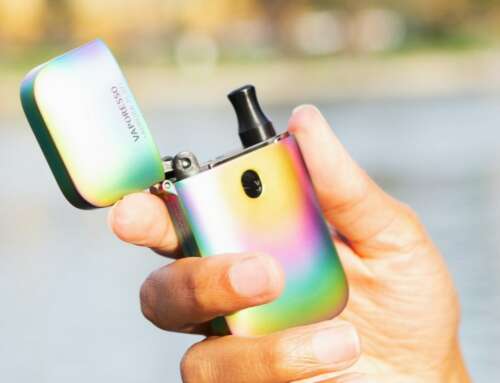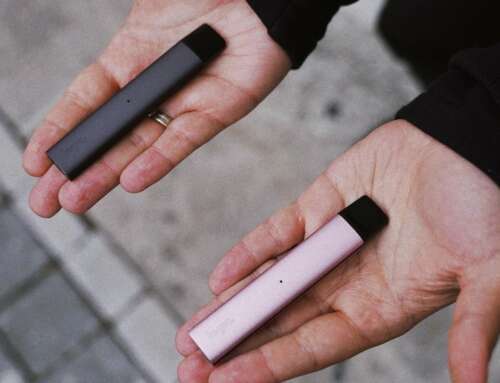Most people will encounter alcohol and/or other drugs during the teenage years, either through friends at school, at home with family or through TV or other media channels. Teachers can have a significant influence on young people and the extent to which students feel they are part of a school community. The conversations that teachers have with young people about drug use can be important opportunities for education, prevention and early intervention. Many teachers are understandably concerned about how to approach these conversations, and feel unsure of the facts relating to drug and alcohol use.
Here are some tips for effective communication when talking to young people about drug and alcohol use:
Stick to the facts.
Studies show that young people’s attitudes are shaped by the way adults speak about drug and alcohol use. Exaggerating or sensationalising language can be counterproductive when teenagers perceive they are not being given an accurate picture. Likewise, recounting personal stories can have the effect of normalising or enhancing positive views of alcohol and drug use, even when the intention is to caution the young people. Before approaching these conversations, do some research to ensure you are equipped with accurate information, and have a clear message in mind that conveys the risks and the facts about drug use.
Correct common misperceptions.
Research suggests that social influences such as friends and family are powerful predictors of alcohol and other drug use in adolescence. Young people often overestimate the rates of alcohol and other drug use among their friends and assume that ‘everyone is doing it’. A simple but effective way to correct this misperception is to provide accurate facts about drug use in Australia. This is an integral part of the effective “social influence” approach to drug prevention. For example, the National Drug Household Survey (2013) tells us that 3 out of 100 young people aged 14-19 have used ecstasy (MDMA). Providing students with information in this way helps to reinforce the message that most young people do not use drugs.
Emphasise rewarding alternatives.
Emphasise there are other things to do that are rewarding and fun. Encourage students to make the most out of the extracurricular activities (i.e. creative activities, team sport) offered within and outside the school community. Drawing attention to a young person’s strengths and providing support to become involved in related activities can increase student’s self-esteem and foster a positive relationship with school – which studies suggest can reduce the potential for drug abuse.
Don’t be judgemental.
When a young person is going through a challenging time, they are likely to shut down if they suspect you are patronising or not listening to them. Make it clear that you are trying to understand their concerns, but also be ready for negative reactions. Ask questions rather than making assumptions about a student’s drug use. Avoid putting the blame on them by saying things like “you’re stressing me out with your drug use” and instead use statements including “I” as in “I feel concerned about your drug use”.
Help is available!
Each school has its own policy around alcohol and other drug related matters and when suspecting drug use, duty of care procedures must be followed. If a student is experiencing problems related to drug use, a teacher or school counsellor who is trained in dealing with these issues may be better placed to obtain the necessary resources or referrals.
Effective approaches to prevention, early intervention and treatment of alcohol and other drug use are available. Encouragingly, there are a number of drug prevention programs that have been developed specifically for use in the classroom, and have demonstrated prevention benefits in multiple studies. Visit the Positive Choices portal for a list of evidence-based prevention programs, further information and support services for young people.
– Siobhan Lawler, Nicola Newton & Lexine Stapinski, Centre of Research Excellence in Mental Health and Substance Use (CREMS) at the National Drug and Alcohol Research Centre (UNSW)
The Positive Choices portal was developed to meet the need for wider access to evidence-based and up-to-date alcohol and/or other drug prevention resources. The portal provides information and resources including prevention programs, factsheets, webinars, videos, games and apps that can be easily implemented in the classroom with little or no training or cost. Visit Positive Choices (www.positivechoices.org.au) for more information and to browse evidence-based prevention resources online.
For more information contact: siobhan.lawler@unsw.edu.au
Image from Unsplash
References:
- AIHW 2014. National Drug Strategy Household Survey detailed report: 2013. Drug statistics series no. 28. Cat. no. PHE 183. Canberra: AIHW.
- Botvin, G.J. (2000) Preventing Drug Abuse in Schools: Social and Competence Enhancement Approaches Targeting Individual-Level Etiologic Factors. Addictive Behaviors, 25: 887-897.
- Newton, N. C., Vogl, L. E., Teesson, M., Dillon, P., Martin, G., Swift, W., et al. (2007). Climate Schools: Alcohol and Cannabis Module. Sydney: National Drug and Alcohol Research Centre, UNSW.
- Newton, N., Rodriguez, D., Teesson, M., Black, E., Rainsford, C., Allsop, S., McBride, N., Swift, W., Byrant, Z., Kay-Lambkin, F., Chapman, C., Reda, B., Stapinski, L. and Slade, T. (2014) ‘Illegal drugs: what you need to know. Teacher version’, National Drug and Alcohol Research Centre.
- Donovon, J. and Molina, B. (2011) Childhood Risk Factors for Early-Onset Drinking, in Journal of Studies on Alcohol and Drugs, 72(5): 741-751.







Leave A Comment